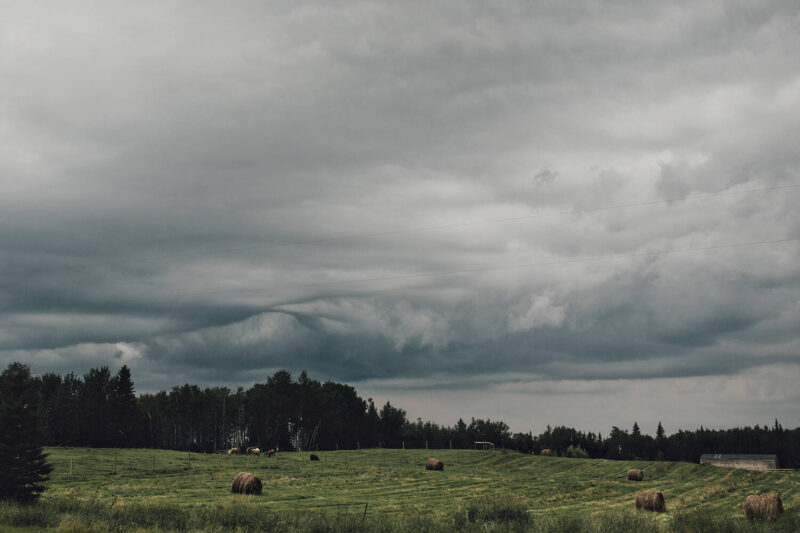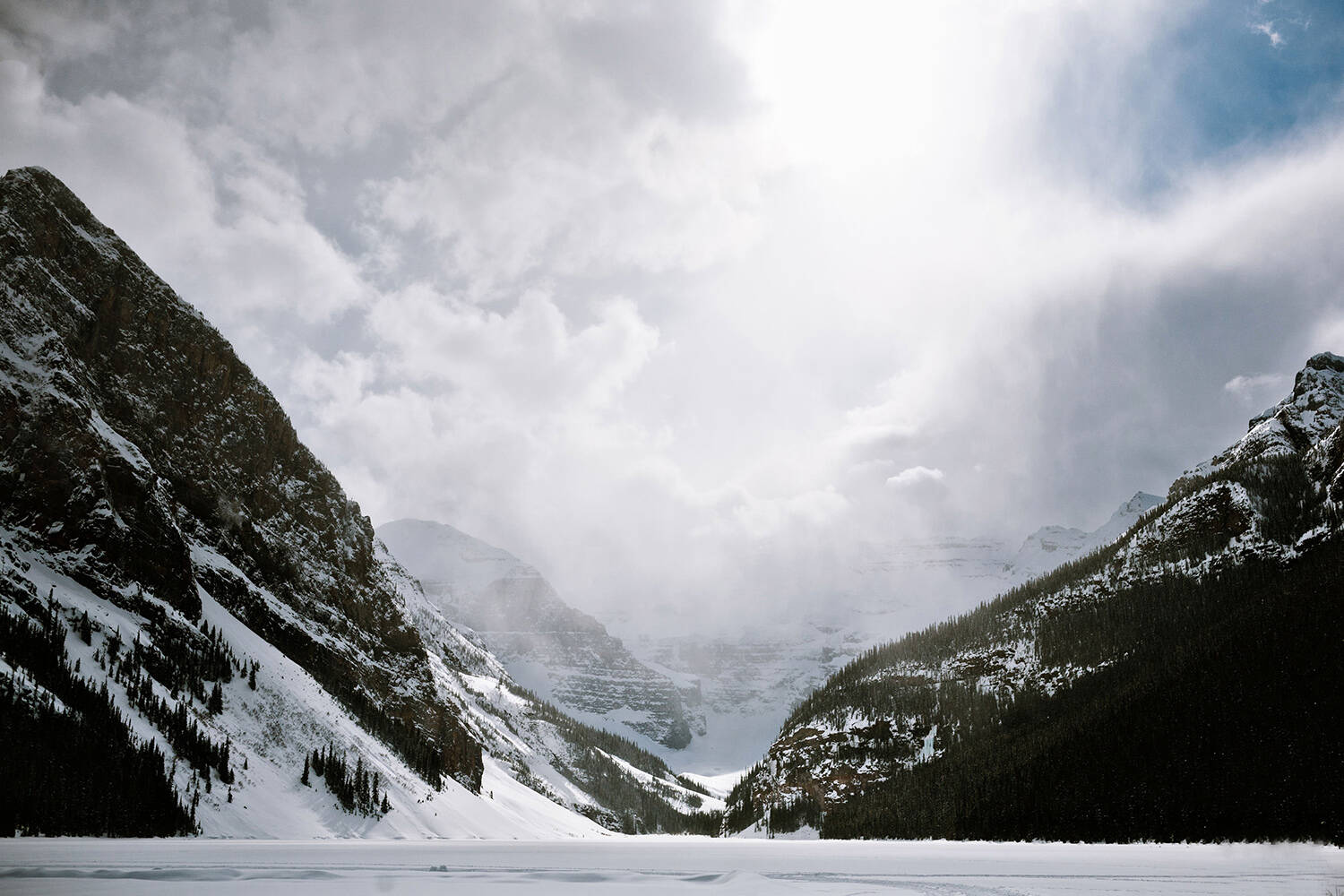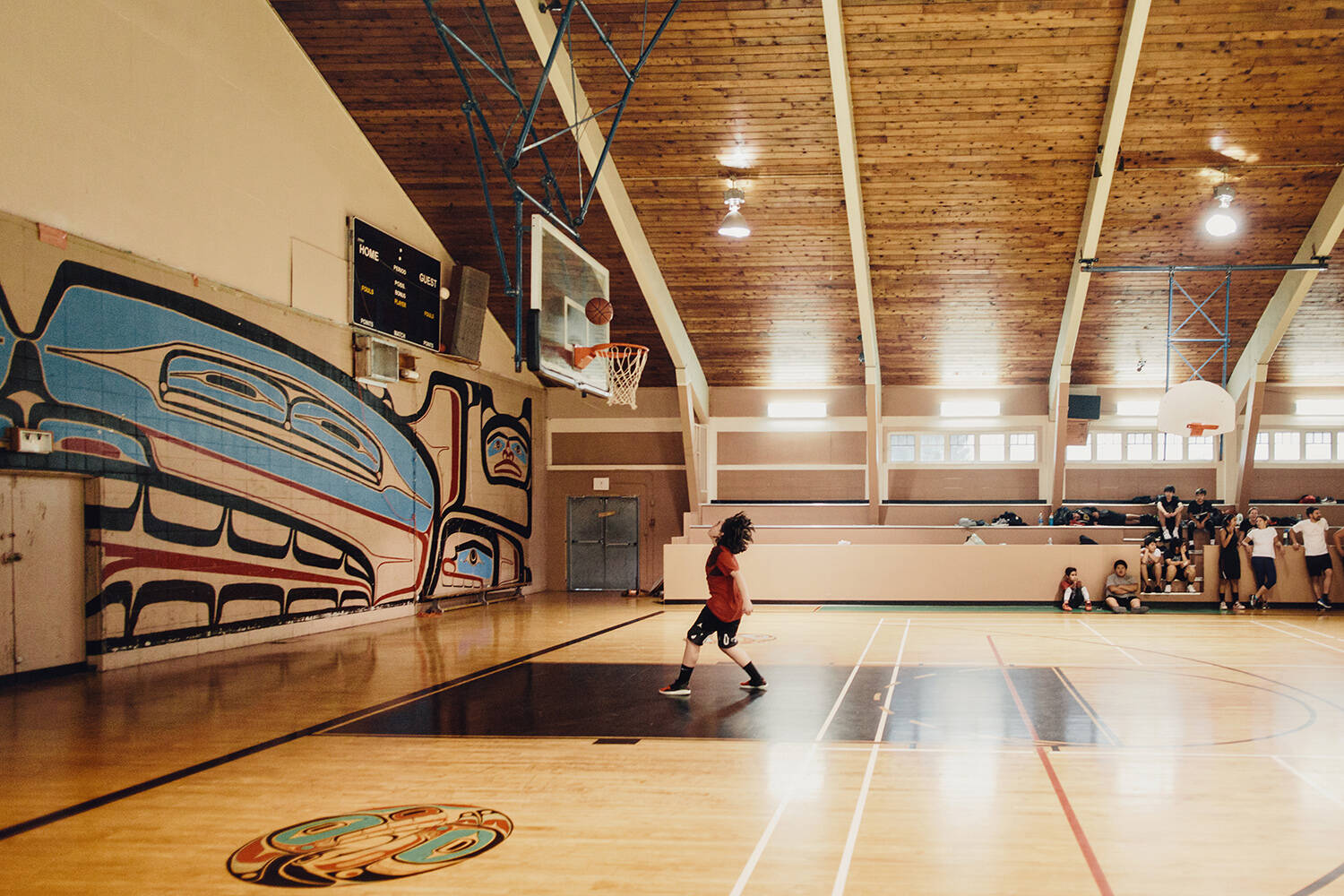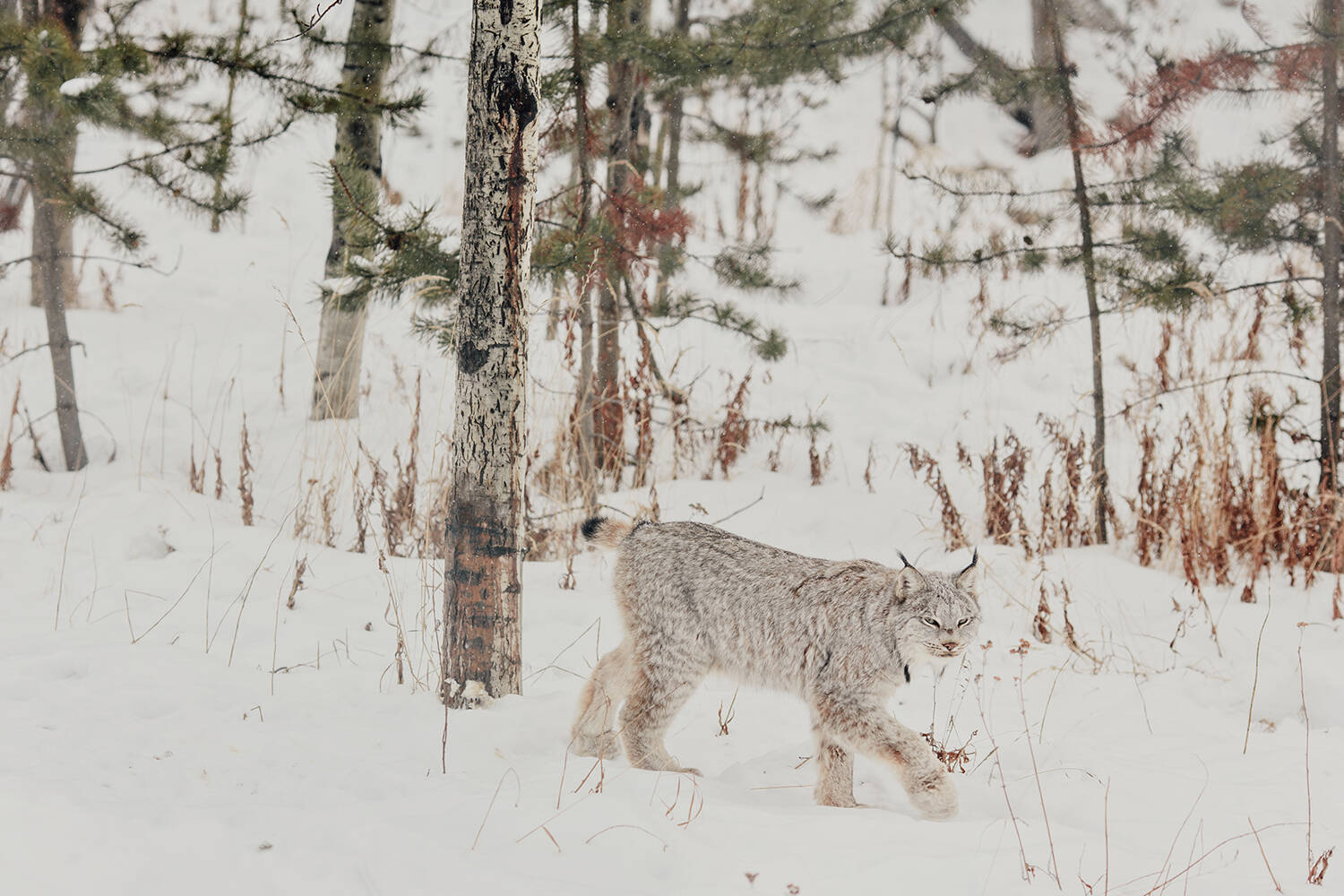Photographs are tricky things: we’re seeing the world through the photographer’s eyes, but we’re absorbing it through our own unique lens. A single static image can spark a wide spectrum of memories and emotions, depending on the observer.
Jacqueline Salomé celebrates this duplicity in the foreword to A Ribbon of Highway: A Photographic Exploration of Canadian Identity by photographer Taylor Roades.
“This is a story about Canadian identity. But you won’t find any firm answers here, just experiences, interpretations. Looking through photographer Taylor Roades’s eyes, but seeing with your own.”
The new coffee table book from Rocky Mountain Books features Roades’s precise, muted images from more than a decade travelling back and forth across Canada. It steers clear of clichéd photos of the country’s top tourist destinations, instead framing the small towns, back alleys and small moments that make up day-to-day life.
“I won’t claim this collection to be all-encompassing of ‘Canadianness;’ it is a reflection of the place and the person I was when I took the images,” Roades says. “It is my hope, if you have spent time in this country, you will see your own experience, even if only partially.”
READ MORE: Alaska resident wins prestigious wildlife photography award
The reader’s journey through A Ribbon of Highway isn’t organized geographically; instead, photos are grouped through subtle themes. A fishing boat mural in Port Hardy, B.C., is mirrored with a fishing boat photographed on Cape Breton Island, Nova Scotia. Welding sparks are paired with fireworks. A tractor weathervane in Alberta sits opposite a Christmas tractor parade in Ontario.
The search for Canadian identity isn’t heavy-handed, but some familiar icons and themes rise to the surface. There’s a Mountie wearing his Red Serge, and a storage room piled high with hockey skates. A photo of a sawmill in Telegraph Cove, B.C., sits opposite images of the Calgary Central Library’s swooping wooden interior and a mortuary pole on Haida Gwaii — showing how trees and lumber have shaped Canada’s culture for centuries. There aren’t many people in A Ribbon of Highway (even though Roades is an accomplished portrait photographer), but when they do take centre stage, it’s as a multicultural crowd at a lookout in Montreal or a Heiltsuk teen playing basketball in Bella Bella, B.C.
READ MORE: 5th annual Amateur Photographer of the Year contest returns with $9,000+ in prizes!
In Salomé’s foreword, she explains that “Taylor Roades travels to get lost,” and later suggests, “if you’re not travelling to get lost, you might already be more lost than you think.”
It’s a good idea to keep these words in mind as you get lost in the pages of A Ribbon of Highway. Let the photos wash over you, while letting your mind wander. Relish the blank spaces and winding highways that point to the sheer size of this vast country. Take note of the Canadian seasons, and the ways infrastructure bends to accommodate them — porch steps covered in autumn leaves, a beach change room waiting for swimming season.
In addition to place, these photos capture time — and remind us that the land and its people keep changing. Roades photographs things that may not be there anymore, like storefronts in downtown Toronto, the melting edge of a Rocky Mountain glacier, and the iconic Greyhound bus which used to connect Canadian small towns. She also photographs the empty space where things have already disappeared, like the former site of a B.C. residential school that was demolished by the ‘Namgis First Nation in a healing ceremony.
Through it all, she uses careful composition and a few tricks with depth of field to guide our eye towards the Canada she’s seen, without leaning too heavily on filters, gimmicks, or an overwrought sense of nationhood. In the end, her photo collection sticks remarkably close to the epigraph that opens the book, inspired by the winning entry to a 1970s CBC radio contest: “As Canadian as possible, under the circumstances.”














 Summer road trip season is here: 5 sensational B.C. drives
Summer road trip season is here: 5 sensational B.C. drives